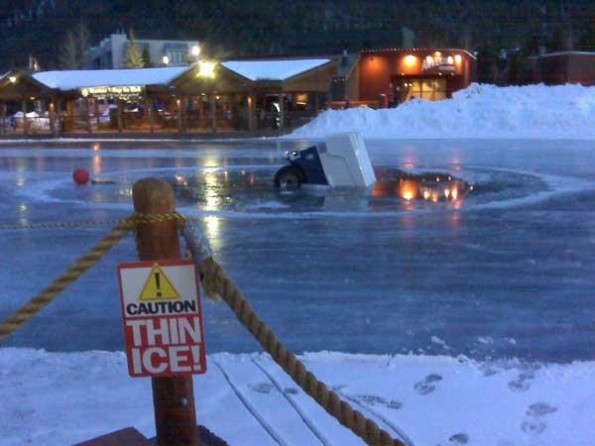Paragliding the Himalayas With iPhones, So You Can Go Too
- By Keith Barry


From jagged, snow-capped mountain peaks to peaceful villages adorned with colorful prayer flags, there are perhaps no more breathtaking views on earth than from high above the Himalayas. Five paragliders are right now flying and hiking the length of the Himalayas all the way through Nepal, and they’re sharing the once-in-a-lifetime experience with anyone who has a computer.
While paragliding in the Himalayas is a fairly common trip for experienced fliers, no team has gone all the way through Nepal. These guys are seasoned fliers and between them they have experience flying all over the world. But they’ve never tried anything like this before: hiking and flying more than 800 miles from Dharamsala to Sikkim, India.
“This journey has never been done by a team,” said Nick Greece of the U.S. Hang Gliding and Paragliding Association. “People have flown from Northern India to the Nepal border but never further. This team will fly across Nepal as well. For a team to do this live tracking is imperative, and it is only in the last year or two that it has become realistic and relatively reliable.”
The Himalayan Odyssey Team is carrying some impressive tech. It has the obligatory iPhones and three solar chargers to keep them going, variometers to track their rate of ascent and descent, two-way radios for staying in touch and GPS for staying on course. When they’ve got cellphone coverage, the team will upload track logs to their website, allowing those of us who prefer our feet on the ground to follow their adventure from our cubicles. SPOT GPS trackers also will update their route every 10 minutes.
“These will allow visitors to reply our flights on Google Maps, or Google Earth and visualize every circle, every zig, and every zag we make, and even what the terrain underneath us looks like while we’re zigging and zagging,” team member Eric Reed said. “It’s beautiful, but it will depend on GSM service.”
Hopefully they’ll have better coverage in the Himalayas (.pdf) than in Manhattan.
Reed, a member of the U.S. Paragliding Team who was laid off last year from a management position at Microsoft, says he’s already received e-mails of support and can’t wait to start offering live updates on his progress. He’s been through the Himalayas before with team leader Brad Sander, and at the end of last year’s trip they decided that this time they’d “take the line as far as we could.”
“All of the communication is great fun — both for the readers and the writers — and I think it does actually improve our safety level, but it also inevitably make the wilds just a little less wild,” he said. “That’s the way with technology. But I’m not complaining. There’s still plenty of wild in the world.”
In addition to letting the rest of the world come along for the journey, Reed says all that technology is essential for safety, helping keep the team connected even when they land in different locations. The Himalayas can be just as inhospitable as they are inspiring, and as they began their journey Wednesday, according to their blog, conditions were already far from ideal.
“We plan to fly and land together as a team, as much as possible, but inevitably there will be days when we get separated,” he said. “Once we’re all on the ground if we’re not all together, communication gets hard via cell or radio. The SPOTs will help us here as well — we’ll use them to send our position via SMS to everyone on our team once we’ve landed.”
Photos: Nick Greece



Read More http://www.wired.com/autopia/2010/03/himalayan-odyssey-team/#ixzz0i0AMdGxI






































